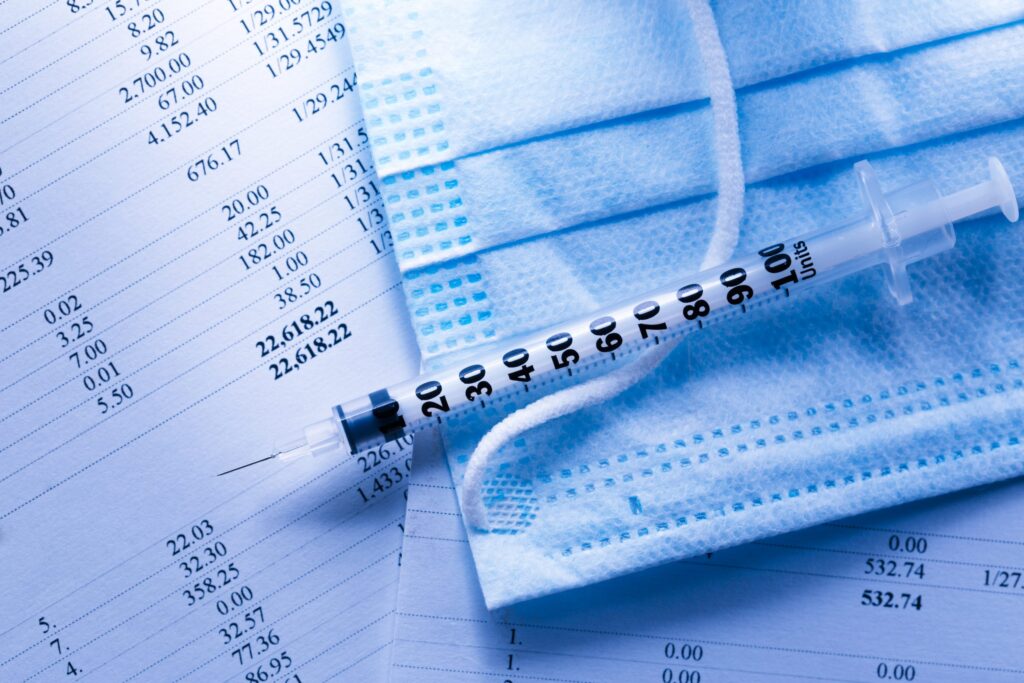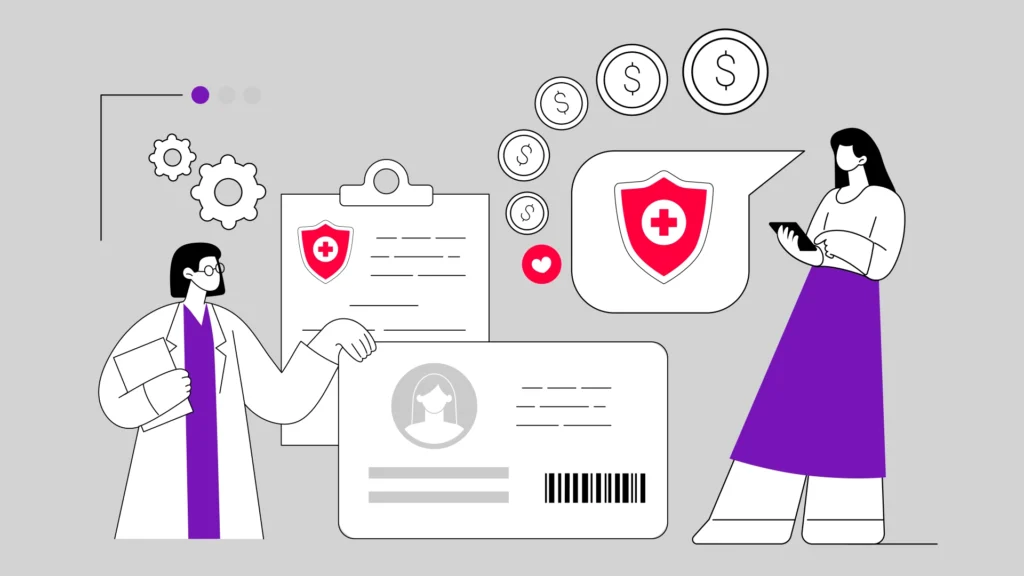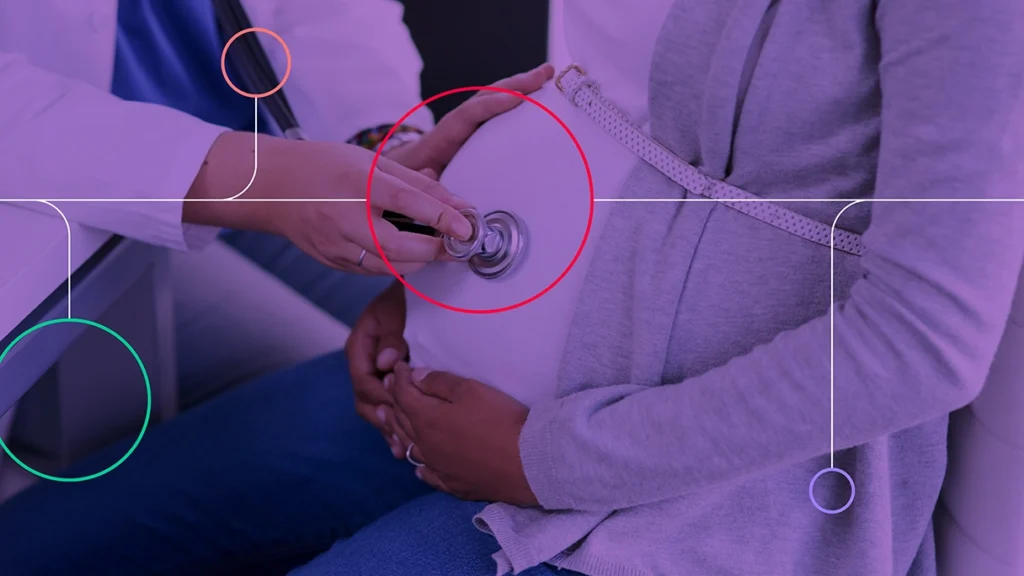As I listened to my fellow panelists during a recent webinar, it occurred to me how the healthcare community has traditionally excelled at sharing lessons learned and best practices.
And then … COVID-19 hit.
Many healthcare systems and providers have valiantly struggled to handle unprecedented case volumes for nearly a year and are now ramping up vaccine rollouts. We have had little time to exchange insights and observations through forums like this one, hosted by healthsystemCIO and sponsored by WELL™ Health.
Fortunately, as the “Managing Patient Communications During the COVID-19 Vaccine Rollout” panelists made clear, we’re learning countless lessons with respect to caring for – and communicating with – patients. And these learnings will remain relevant long after COVID finally becomes a distant memory.
Automating patient communications is key
A key learning came from John Kravitz, CIO of Pennsylvania-based Geisinger Health System, who verified a COVID-19 fact-of-life we at WELL Health are hearing increasingly from our customers. He stressed the importance of automated patient communications.
“The floodgates started opening (from) patients 65 and over … and it overran our contact centers,” John explained. “We had 101,000 calls in just one day for vaccine appointments. So we quickly switched to MyChart for scheduling. That took the load off of contact centers, so they can focus on normal appointments.”
Indeed, COVID-19 has changed all the rules around patient communications, which is one of the reasons WELL Health developed a COVID-19 Vaccine Communication Playbook. The playbook guides healthcare providers on using proactive, automated messaging to educate patients on vaccine safety, efficacy, and scheduling without further strain on existing call centers.
Anxiety about receiving the vaccine is quite high – especially with respect to getting the second dose in a safe, timely manner. Sandy Andrews, who is SVP/COO, Clinical Care, for Providence Health System, said they learned a lot in vaccinating 100,000 of their own caregivers first.
“Our experience showed how important communication is for the second dose. People have second dose anxiety – Do I need it? When am I going to get it? Is it scarce? Is it the right vaccine?” Sandy noted. At WELL we have countless examples of the power of communication to educate and reassure patients which both add to patients’ health and improves providers’ operational efficiency.
Providers need customized vaccine communications
One observation that rang true among all panelists was that solving the complexity has fallen in large part to the vaccination sites themselves. For instance, Sri Bharadwaj, VP, Digital Innovation for Franciscan Health, has had to customize vaccine appointment communications depending on the two-state region his organization serves: Indiana and Illinois.
“In Indiana, it’s very prescribed; you have to register yourself in the state database first,” he stated. “But in Illinois, we handle the scheduling ourselves (and) use a mobile app to push out online scheduling communications to the patient.”
Sri has learned that simplifying, and when possible, automating these types of communications is useful to cut through the noise. Further complicating the chaotic reality was that many COVID-19-related messages – from government entities and the news media – generically pushed patients to reach out to their doctors for any and all types of questions and concerns.
Proactive patient communication streamlines processes
Sandy found that the best response to this simplistic message was for her organization to focus on proactively reaching out to all patients within their network. This is consistent with WELL’s experience that proactive communication while creating an initial workload, streamlines the downstream communication and processes.
Undoubtedly, COVID-19 has accelerated the implementation of digital transformations for countless healthcare systems. As John, Sandy, Sri, and I continued our discussion, it became clear that the lessons we are learning about the ways in which patients want to engage with providers will persist beyond the pandemic. And that will require automated communication systems that are agile, scalable, and easily integrated with existing technology platforms.
We’ve entered a whole new world of patient communications. Buckle up, it’s going to be quite a ride! ♥
To watch the entire webinar – “Managing Patient Communications During the COVID-19 Vaccine Rollout,” sponsored by WELL™ Health and hosted by healthsystemCIO – click here.
For more information about healthcare communications solutions from WELL Health, go to https://wellapp.com/.
Meg Aranow is the Senior Vice President, Platform Evangelist at WELL Health.
*Quotes taken directly from HealthSystemsCIO Webinar participants statements during January 26 Webinar – Managing Patient Communications During the Covid-19 Vaccine Rollout.



